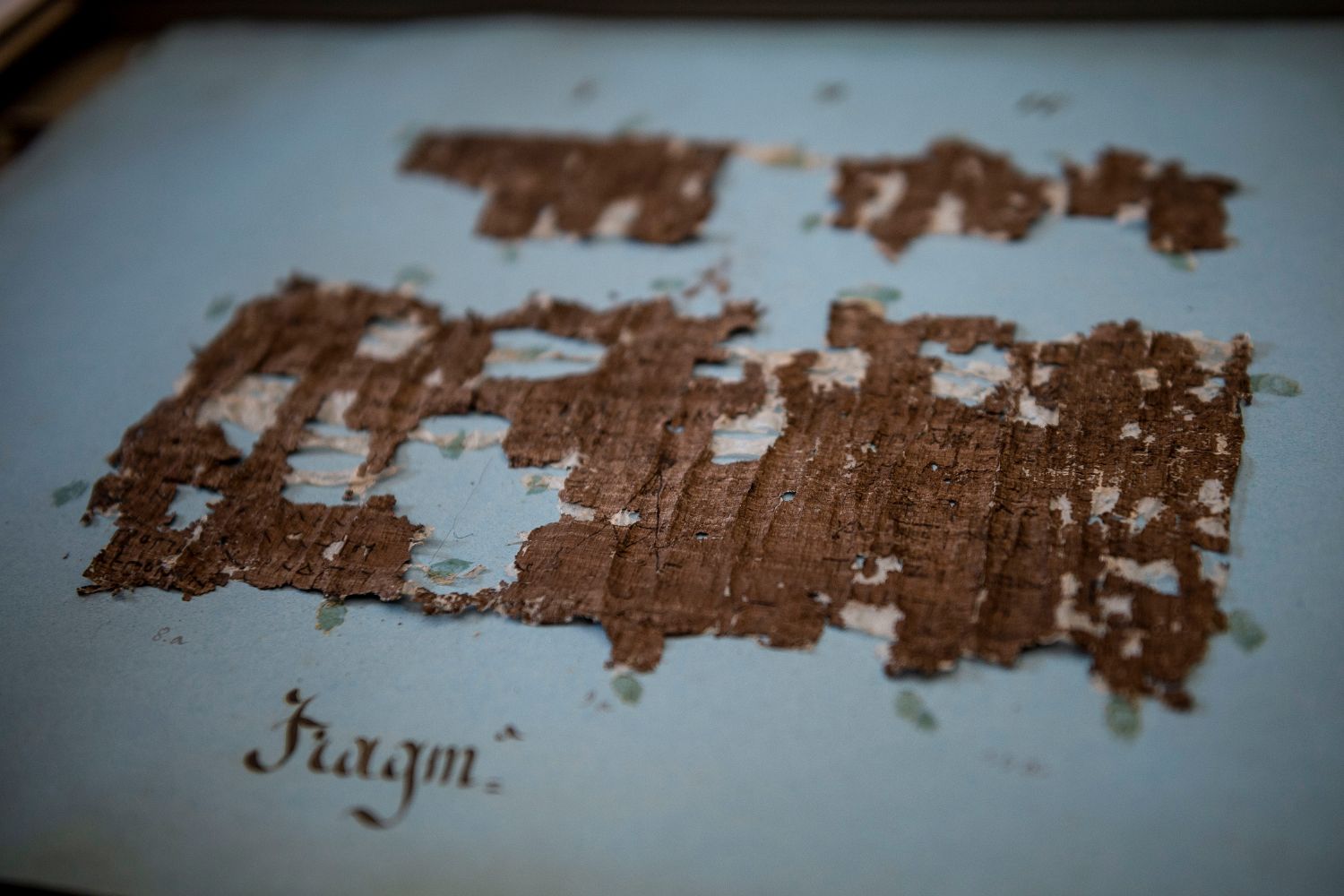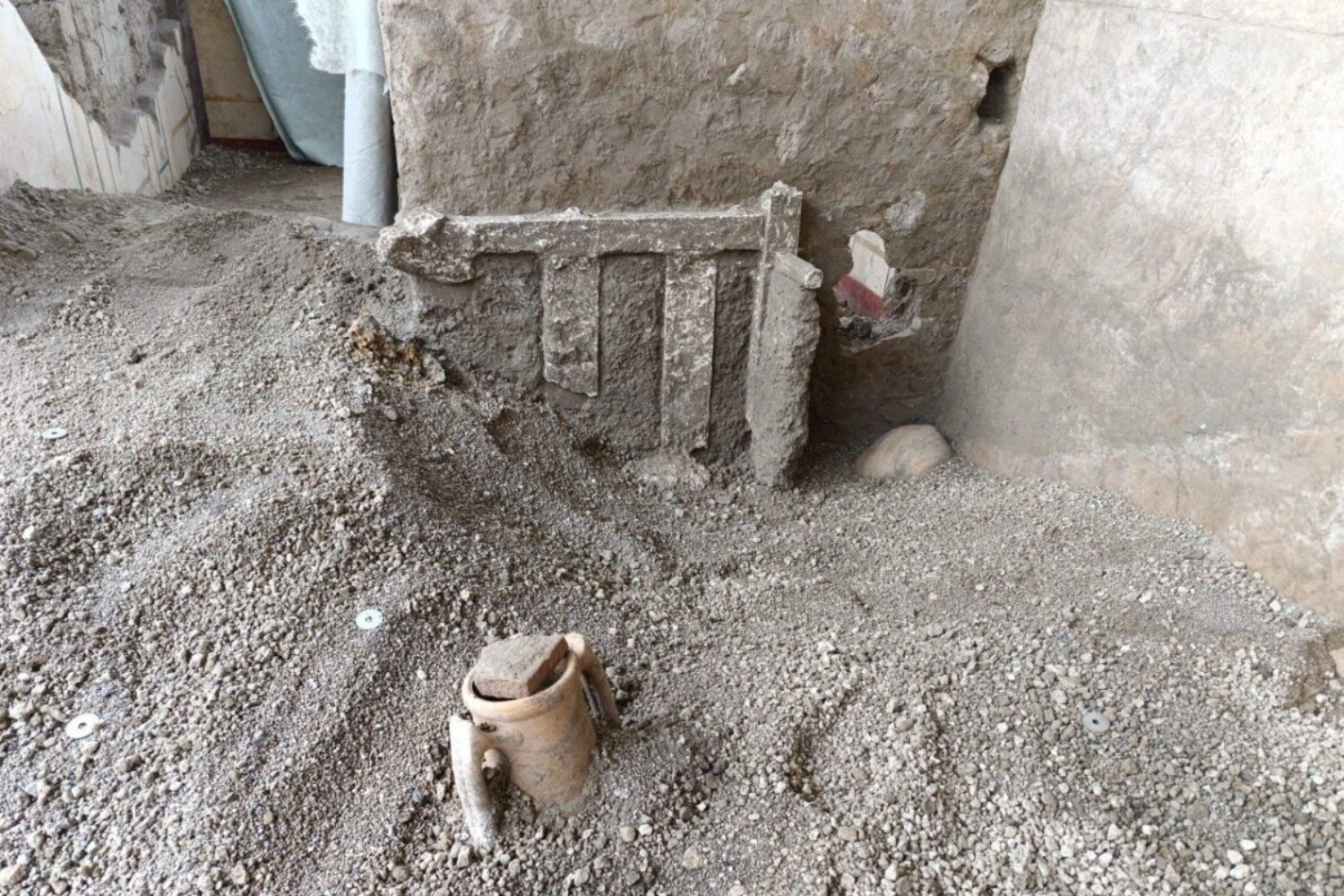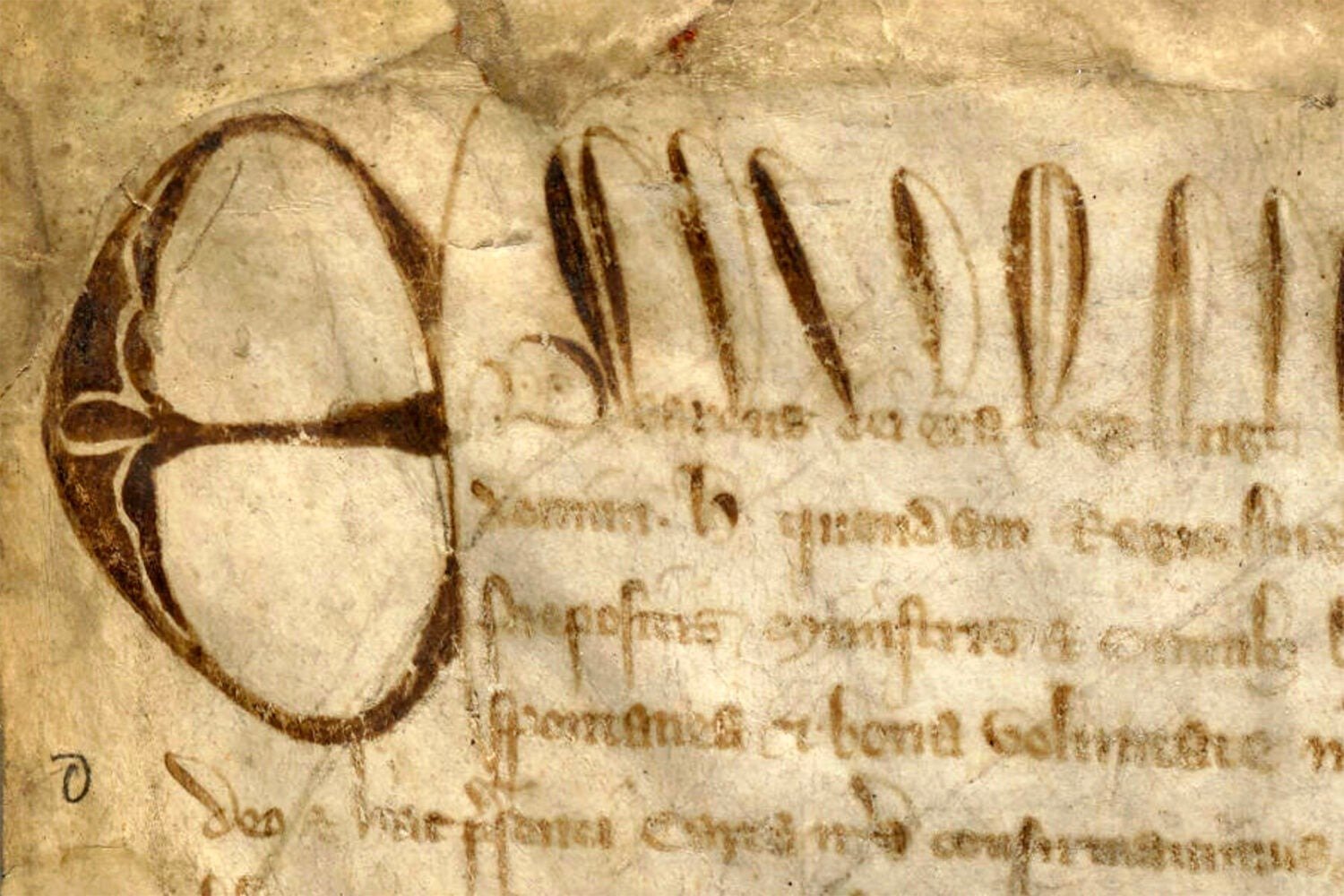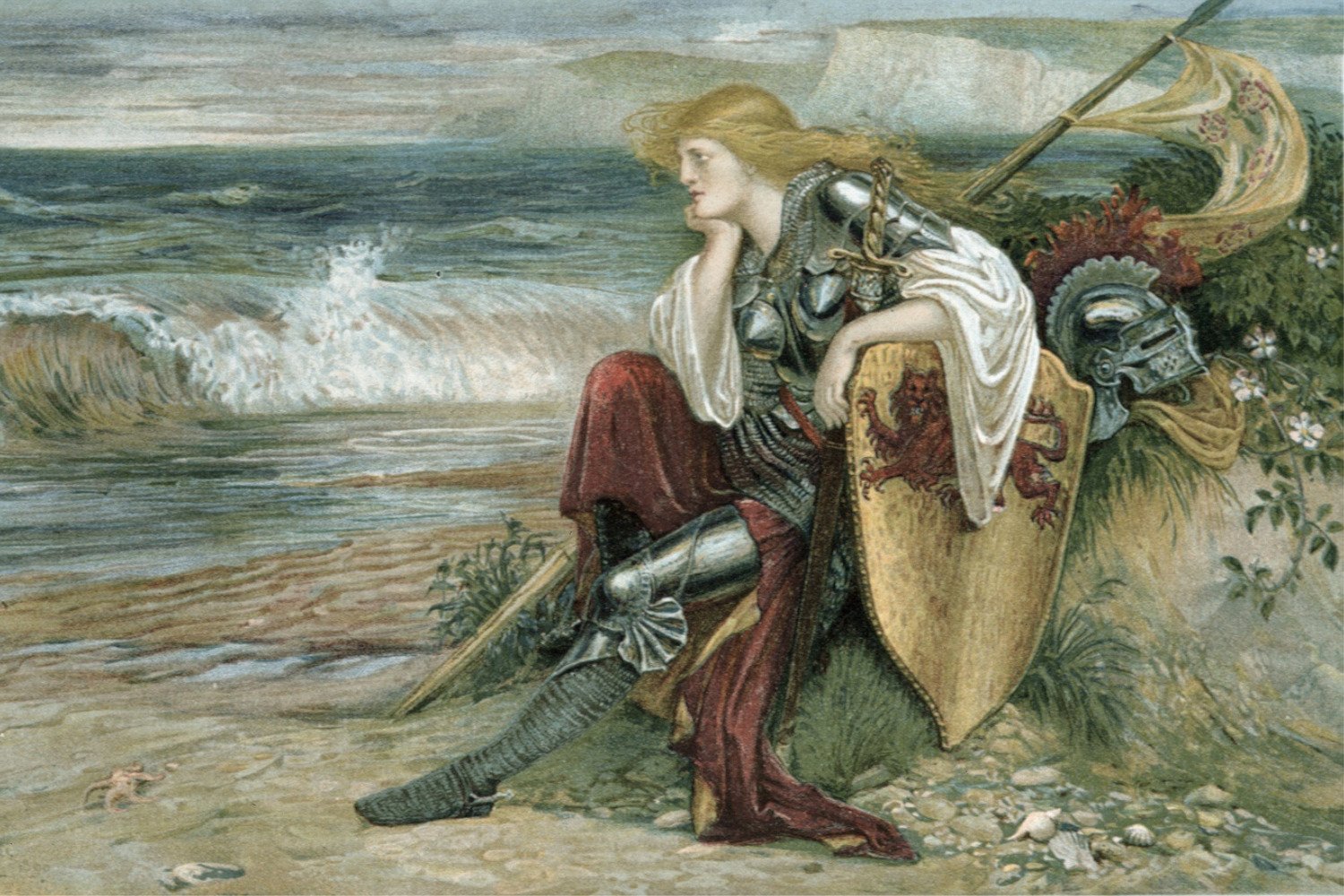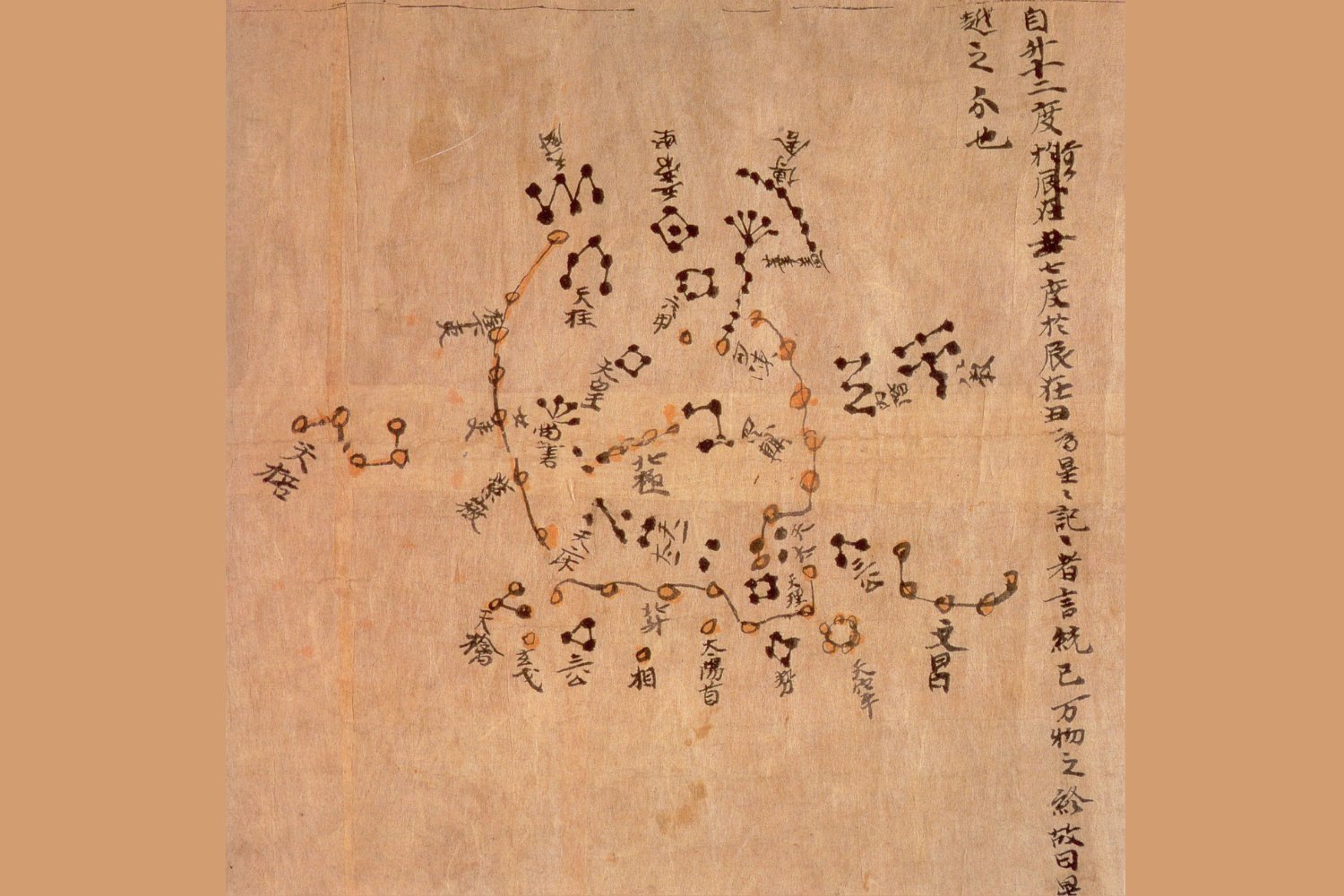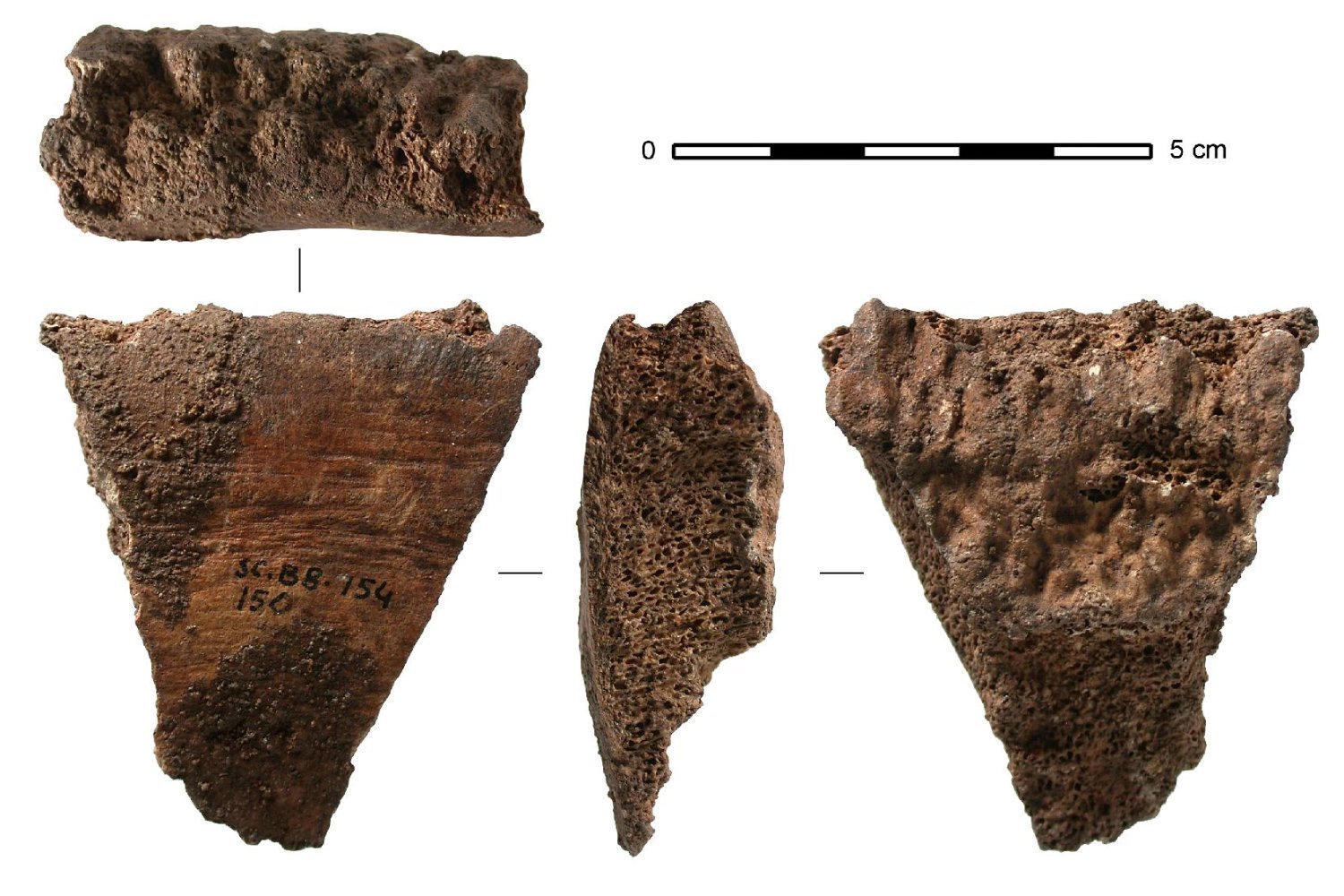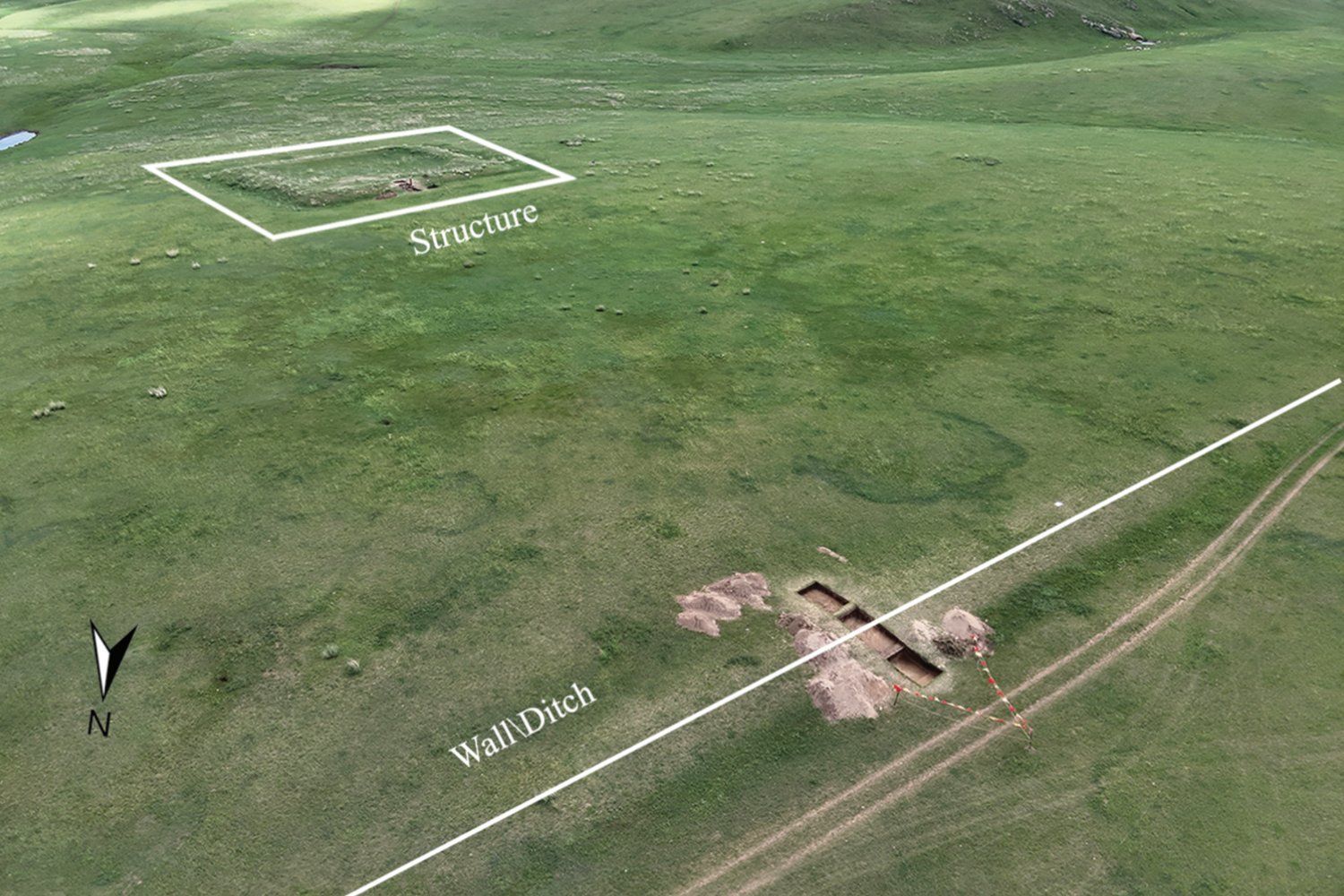The charred remains of a scroll, buried by the eruption of Mount Vesuvius nearly 2,000 years ago, have finally yielded their secrets. Using cutting-edge AI and high-resolution imaging, researchers have identified the author and title of the work without physically unrolling the fragile document. The scroll, known as PHerc. 172, is one of three Herculaneum scrolls housed at Oxford’s Bodleian Libraries. The discovery marks a significant milestone in the effort to recover lost texts from the ancient world.
Deciphering the Past with Digital Tools
The scroll, recovered from the ruins of Herculaneum, has long intrigued scholars. Its charred and brittle condition made traditional unrolling methods risky, potentially destroying the text within. However, recent advancements in digital imaging and machine learning have opened up new possibilities for deciphering these ancient documents.
The breakthrough came in 2015 when X-ray tomography was used to virtually “unwrap” a scroll from En-Gedi, creating a 3D model. This inspired the development of the Volume Cartographer, a program utilizing micro-CT imaging to detect the faint traces of carbon-based ink on the Herculaneum scrolls. Unlike many ancient inks, the ink used in these scrolls contains no metal, making its detection a more complex task. A neural network was trained to recognize subtle patterns indicative of ink on the carbonized papyrus, and in 2019, researchers successfully demonstrated the effectiveness of this technique.
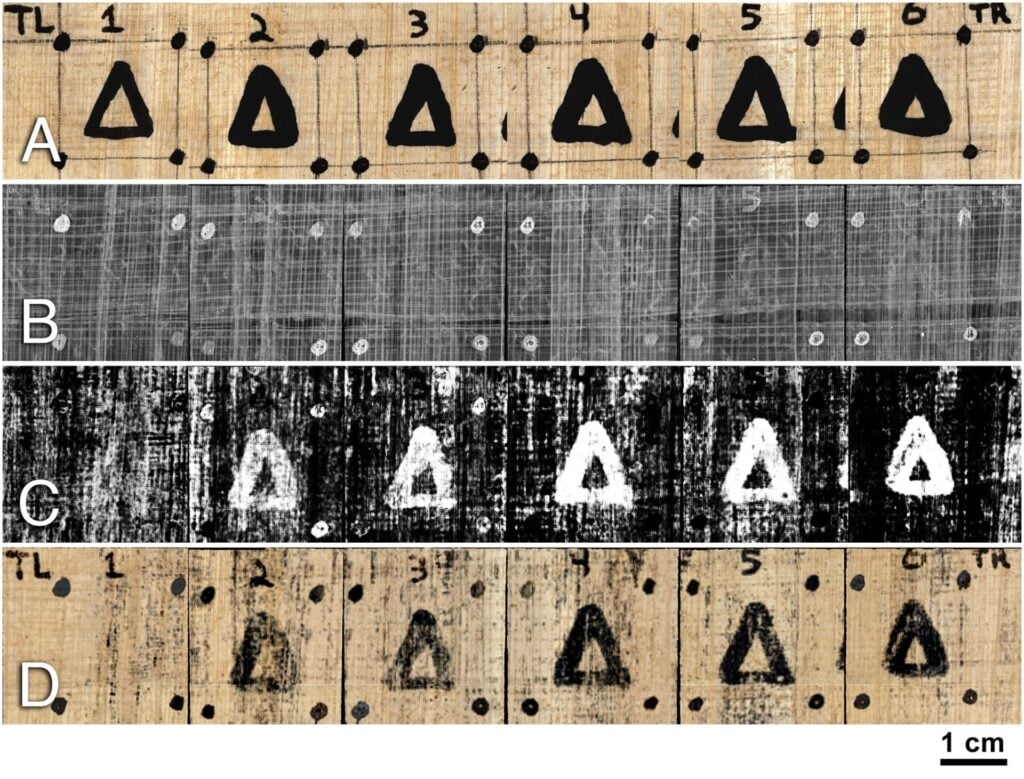 Top to bottom: a reference photograph, a texture image, a network-generated prediction image, and a network-generated photorealistic rendering.
Top to bottom: a reference photograph, a texture image, a network-generated prediction image, and a network-generated photorealistic rendering.
The Vesuvius Challenge and the Power of Crowdsourcing
These advancements led to the launch of the Vesuvius Challenge in 2023, a crowdsourced competition aimed at decoding the unopened Herculaneum scrolls. Participants utilize AI tools, including convolutional neural networks and transformer models, to identify and reconstruct text within the scrolls. The challenge has already seen success, with the first word (“purple”) deciphered in October 2023.
The recent identification of PHerc. 172’s author and title represents another major victory for the Vesuvius Challenge. The scroll has been identified as On Vices, a treatise by the Epicurean philosopher Philodemus. Its full title is On Vices and Their Opposite Virtues and In Whom They Are and About What, a work focusing on achieving a virtuous life by avoiding vice. This first-century BCE text is now being read for the first time since the eruption of Vesuvius. This discovery earned the research teams a $60,000 prize.
The Human Element in Digital Decipherment
While AI plays a crucial role in highlighting potential ink markings, human expertise remains essential. Scholars interpret the patterns identified by the AI to determine if they form meaningful words and phrases. Brent Seales, a computer scientist at the University of Kentucky and co-founder of the Vesuvius Challenge, highlights the current challenge of cleaning, organizing, and enhancing scan data to facilitate interpretation.
Recovering Lost Knowledge and Transforming Our Understanding
The ultimate goal of this research extends beyond simply recovering a single text. Researchers aim to develop a scalable system for digitizing and decoding ancient texts, potentially unlocking a wealth of lost knowledge from the classical world. This includes many more philosophical texts, possibly authored by Epicurus or his followers. The successful identification of On Vices represents a significant step towards achieving this ambitious goal.
The implications of this work are profound. By combining cutting-edge technology with human expertise, we are gaining unprecedented access to the thoughts and ideas of ancient civilizations, enriching our understanding of history and philosophy.



